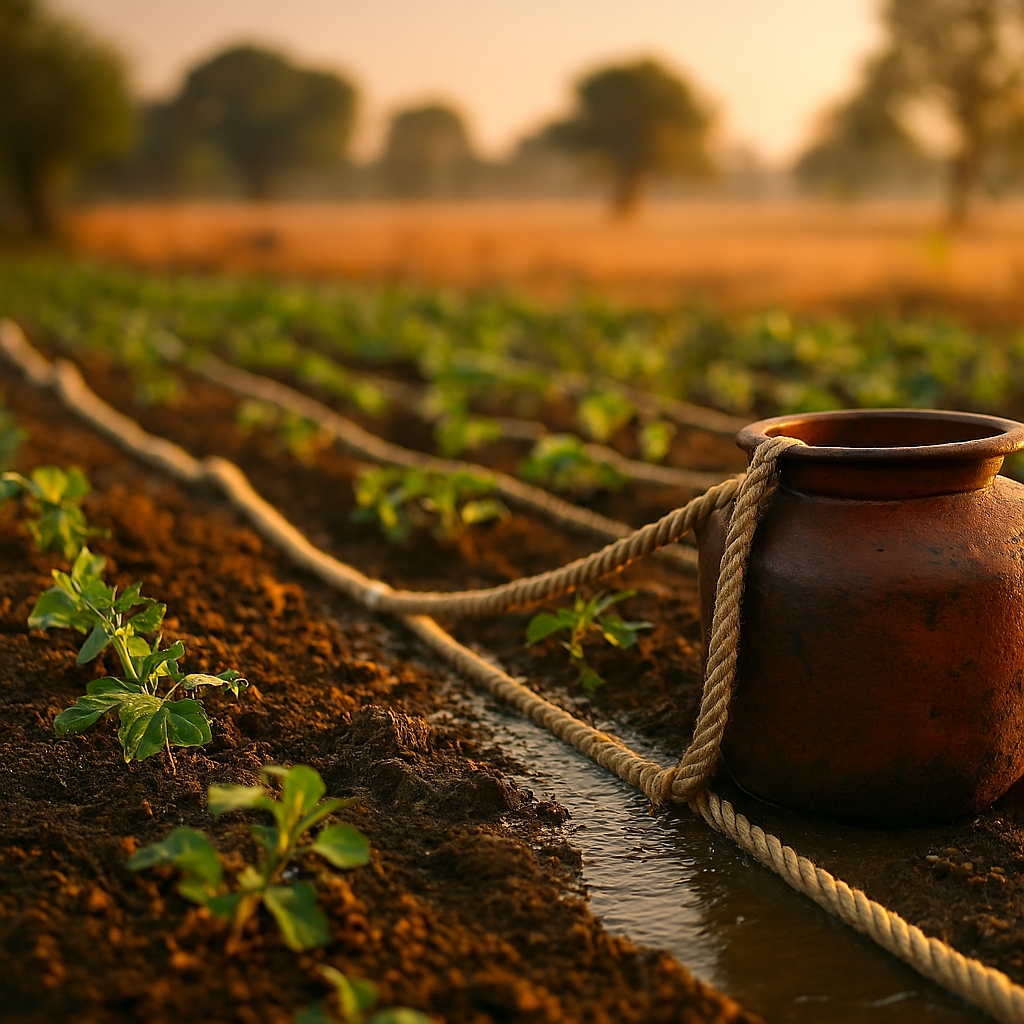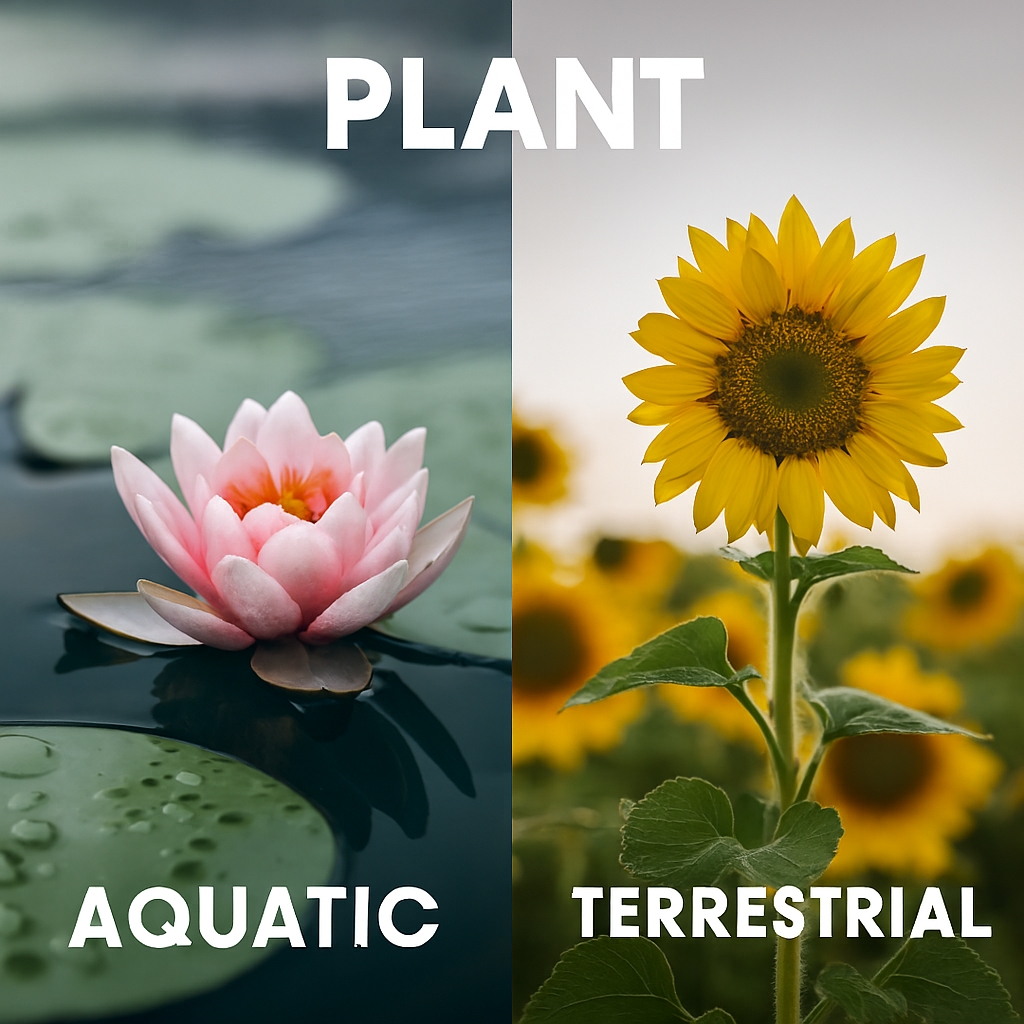Agridominance What It Means And Its Impacts
Unveiling the Concept of Agridominance
In the world of agriculture, the concept of agridominance has become increasingly significant. As global food demand rises and agricultural practices evolve, certain crops, technologies, or practices emerge as dominant forces within specific regions. This phenomenon, known as agridominance, can have profound economic, environmental, and social implications. Understanding what agridominance entails and how it shapes agricultural landscapes is crucial for developing sustainable and resilient farming systems.
Defining Agridominance
Agridominance refers to the phenomenon where a particular agricultural crop, practice, or technology overwhelmingly dominates a region’s agricultural landscape. This dominance can result from various factors, including economic incentives, climatic suitability, government policies, or technological advancements. Agridominance can be seen in regions where a single crop like corn, soybeans, or wheat becomes the primary focus, often leading to monoculture farming practices.

Economic and Environmental Impacts
Economic Implications
The economic effects of agridominance can be both positive and negative. On the positive side, it can lead to economies of scale, reduced production costs, and higher efficiency for farmers who specialize in the dominant crop. However, this can also result in market vulnerability, as over-reliance on a single crop can leave farmers susceptible to price fluctuations, pests, and diseases that specifically target the dominant crop.
Environmental Considerations
Environmentally, agridominance can lead to a reduction in biodiversity, as monoculture farming practices often replace diverse ecosystems with uniform fields. This loss of biodiversity can have cascading effects on soil health, water quality, and wildlife populations. Moreover, the intensive use of fertilizers and pesticides in monoculture systems can contribute to soil degradation and water pollution.
Social and Cultural Implications
Impact on Rural Communities
Agridominance can significantly affect rural communities, shaping their economies, livelihoods, and cultural identities. In regions where a single crop dominates, the local economy may become heavily reliant on that crop’s success. This reliance can create economic instability, as fluctuations in crop prices or yields can have widespread effects on employment and income levels. Additionally, the cultural heritage and traditions of rural communities may be influenced by the dominant crop, with festivals, cuisine, and local practices often centered around it.
Effects on Food Security
Agridominance can also impact food security by affecting the availability and diversity of food products. When a single crop dominates, other crops may be neglected, leading to a reduction in the variety of food produced. This can result in nutritional imbalances and increased dependence on imported food items. Efforts to diversify agricultural practices and promote crop diversity are essential for ensuring food security and enhancing the resilience of food systems.

Factors Driving Changes in Agridominance
Technological Advancements
Technological innovations play a crucial role in driving changes in agridominance. Advances in agricultural technology, such as precision farming, genetic modification, and automation, can alter the dynamics of crop dominance. Precision farming techniques enable farmers to optimize resource use and improve crop yields, while genetic modification can introduce crop varieties with enhanced resistance to pests and diseases. These technologies can shift the balance of dominance among crops and farming practices.
Climate Change and Adaptation
Climate change is another significant factor influencing agridominance. Changes in temperature, precipitation patterns, and extreme weather events can affect the suitability of certain crops in specific regions. As a result, farmers may need to adapt their practices and switch to crops that are better suited to the changing climate conditions. Climate change mitigation and adaptation strategies, such as developing climate-resilient crop varieties and implementing sustainable farming practices, are crucial for addressing the challenges posed by agridominance in a changing climate.

Policy Interventions and Initiatives
Government Policies
Governments play a vital role in shaping agridominance through policies and regulations. Policy interventions aimed at promoting sustainable agriculture, supporting smallholder farmers, and encouraging crop diversification can influence the dominance of specific crops. Subsidies, grants, and incentives for adopting sustainable practices can help mitigate the negative effects of agridominance and promote more balanced and resilient agricultural systems.
International Collaboration
International collaboration and partnerships are essential for addressing the global challenges of agridominance. Collaborative efforts in research, knowledge-sharing, and capacity-building can drive positive changes in agridominance and contribute to global agricultural sustainability.

Impacts on Ecosystem Services
Soil Health and Fertility
Agridominance can have significant effects on soil health and fertility. Monoculture farming practices often deplete soil nutrients, leading to soil degradation and reduced fertility over time. The use of chemical fertilizers and pesticides in intensive farming systems can further contribute to soil health decline. Sustainable farming practices, such as crop rotation and organic farming, are essential for maintaining soil health and fertility in regions affected by agridominance.
Water Management
Water management is another critical aspect impacted by agridominance. Dominant crops often require large amounts of water for irrigation, leading to increased water consumption and potential strain on local water resources. In regions where water is scarce, this can exacerbate water scarcity issues and affect the availability of water for other uses. Efficient water management practices, such as drip irrigation and rainwater harvesting, are crucial for addressing the water-related challenges of agridominance.

Resilience and Adaptation Strategies
Diversification of Farming Systems
Diversifying farming systems is a key strategy for enhancing resilience and reducing the risks associated with agridominance. By incorporating a variety of crops, livestock, and agroforestry practices, farmers can create more balanced and resilient agricultural systems. Diversification can help mitigate the impacts of pests, diseases, and climate variability, while also improving soil health and biodiversity.
Community-Led Initiatives
Community-led initiatives play a vital role in addressing the challenges of agridominance and promoting sustainable agriculture. Farmer cooperatives, local organizations, and community-based projects can foster knowledge-sharing, collaboration, and innovation among farmers. These initiatives can empower farmers to adopt sustainable practices, diversify their crops, and build resilient agricultural systems that are better equipped to withstand the impacts of agridominance.

Pros and Cons of Agridominance
Pros
Economies of Scale
Agridominance can lead to reduced production costs and higher efficiency as farmers specialize in the dominant crop.
Increased Productivity
Focused efforts on a single crop can result in higher yields and improved crop quality due to specialized knowledge and practices.
Economic Growth
Regions with a dominant crop can experience economic growth and development, as the crop becomes a significant contributor to the local economy.
Technological Advancements
Dominance of specific crops can drive technological innovations and research investments, leading to improved farming techniques and crop varieties.
Market Stability
Agridominance can provide stability in regions where the dominant crop has a strong market demand, ensuring steady income for farmers.
Cons
Market Vulnerability
Over-reliance on a single crop can leave farmers vulnerable to price fluctuations, pests, and diseases, leading to economic instability.
Environmental Degradation
Monoculture farming practices associated with agridominance can lead to soil degradation, loss of biodiversity, and increased use of chemical fertilizers and pesticides.
Food Security Risks
Agridominance can reduce the diversity of food products, leading to nutritional imbalances and increased dependence on imported food items.
Impact on Rural Communities
The economic instability caused by agridominance can affect the livelihoods and cultural heritage of rural communities.
Water Resource Strain
Dominant crops often require large amounts of water for irrigation, leading to increased water consumption and potential strain on local water resources.
Importance of Agridominance in the Future
The Future
As we look to the future, agridominance will play a pivotal role in shaping global agricultural landscapes and addressing the challenges of a rapidly growing population.
Several key factors highlight the importance of understanding and managing agridominance.
Meeting Global Food Demand
With the world’s population projected to reach nearly 10 billion by 2050, the demand for food will increase significantly. Agridominance can contribute to meeting this demand by optimizing the production of high-yield crops and leveraging technological advancements to enhance productivity. However, it is essential to balance this with sustainable practices to ensure long-term food security and environmental health.
Climate Change Adaptation
Climate change poses significant challenges to agriculture, including shifting weather patterns, increased frequency of extreme events, and changing pest and disease dynamics. Understanding and managing agridominance will be crucial for developing climate-resilient farming systems. By focusing on climate-adapted crops and sustainable practices, farmers can mitigate the impacts of climate change and ensure the stability of food production.
Technological Innovations
The future of agriculture will be shaped by technological innovations such as precision farming, genetic engineering, and digital agriculture. Agridominance can drive the adoption and scaling of these technologies, leading to improved crop yields, resource efficiency, and resilience. Harnessing the potential of technology within agridominance frameworks can revolutionize agricultural practices and address global food challenges.
Sustainable Development Goals
By promoting sustainable agricultural practices and addressing the impacts of agridominance, we can contribute to global efforts to eradicate hunger, combat climate change, and protect ecosystems.
Economic and Social Stability
Agridominance can influence the economic and social stability of regions by providing livelihoods, generating income, and fostering community development. However, it is essential to address the potential risks associated with market vulnerability and environmental degradation. Developing policies and initiatives that support sustainable agridominance will be critical for ensuring the well-being of rural communities and the overall stability of agricultural economies.
Conclusion
Navigating the Complexities of Agridominance
Agridominance is a complex and multifaceted phenomenon with far-reaching implications for agriculture, the environment, and society. While it can offer economic benefits and efficiencies, it also poses significant challenges, including environmental degradation, market vulnerability, and impacts on rural communities and food security. Understanding the drivers and impacts of agridominance is essential for developing strategies to mitigate its negative effects and promote more balanced and sustainable agricultural systems. As we look to the future, embracing technological innovations, implementing adaptive policies, and fostering international collaboration will be key to navigating the complexities of agridominance and ensuring the resilience and sustainability of global agriculture.
Join the Conversation
Have you experienced the effects of agridominance in your region? What are your thoughts on the balance between economic efficiency and environmental sustainability in agriculture?













Surfers Paradise Alluring Queensland Tourism
[…] beauty and recreational appeal, Surfers Paradise has played a significant role in shaping the cultural and economic landscape of the Gold Coast. The annual Surfers Paradise Festival celebrates the area’s unique blend of […]